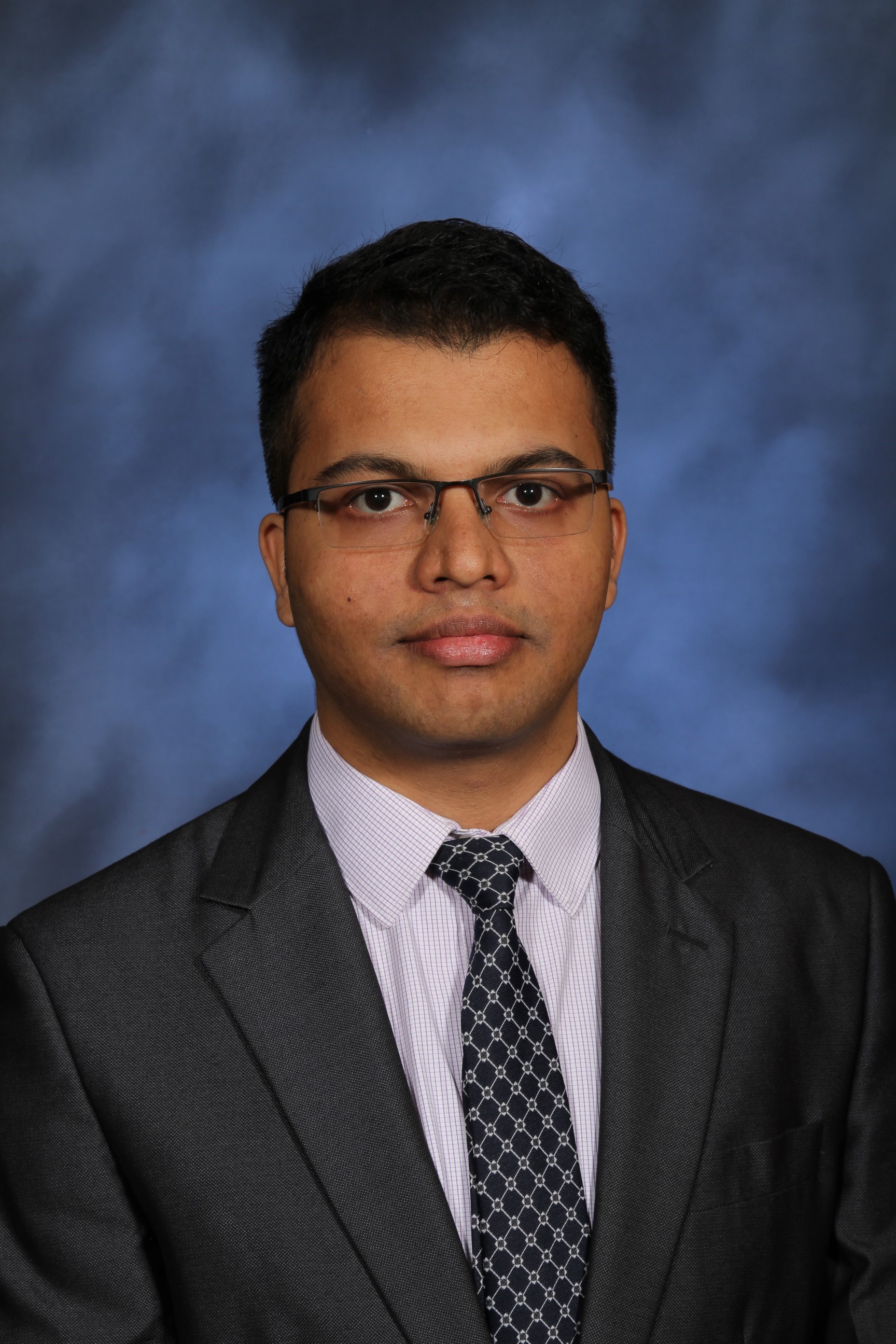
Dissertation Defense
System Level Challenges for Microfabricated Magnetoelastic Transducers in Implantable Biomedical Applications
This event is free and open to the publicAdd to Google Calendar

Abstract:
Magnetoelastic devices have potential utility as sensors and actuators for implanted biomedical applications because of their inherent passive wireless nature and compact form factor. The system level challenges for these applications include: (i) design and fabrication of the transducer, the package, and their integration within an implanted module (such as a stent); (ii) hardware and signal processing elements of an external interrogation module for the magnetoelastic device. These challenges are addressed in two systems in this work.
The first system is intended for biliary stent monitoring. This system consists of a sensor integrated into a biliary stent and the electromagnetic interrogation module. The sensor resonant response changes due to sludge accumulation in the stent. A self-biased miniaturized sensor is designed, fabricated and integrated into a commercial stent using a customized polymer-metal package. In vitrotests show that the ratio of the shift in resonant frequency to the quality factor is well correlated with occlusion and that the instrumented stent is statistically not inferior to a non-instrumented standard stent for occlusion. Successful in vivoexperiments have resulted in the first signals from a stent-integrated magnetoelastic sensor implanted in a live animal, with a wireless range of ≈17 cm and a signal-to-noise ratio of ≈106.
The second system targets the mitigation of glaucoma valve encapsulation. The system consists of an actuator integrated onto the valve and an external acoustomagnetic interrogation module. The actuator can agitate the nearby liquid and potentially reduce cell adhesion. The in situ experiments resulted in the first recorded acoustic signatures from a magnetoelastic transducer through tissue.
Chairs Prof. Yogesh Gianchandani and Dr. Scott Green
 MENU
MENU 
